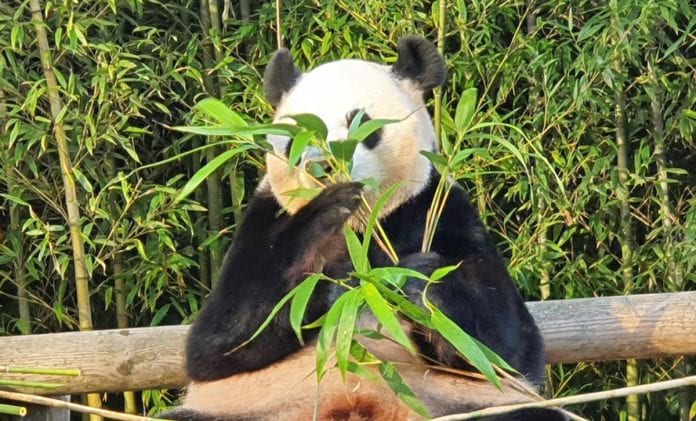
The discovery of fossils of a panda ancestor in China allowed researchers to solve the mystery of the panda’s “sixth toe”. mammalwhich allows it to hold on to the bamboo stalks that make up the bulk of its diet.
The fossils, about six million years old, were discovered in Yunnan province in southwestern China. Between them is an especially large wrist bone, called the radial sesamoid.
This is the oldest evidence of the existence of a “sixth finger” in the giant panda, which allowed it to grab and break thick bamboo stems, the researchers point out in the latest issue of the journal Scientific Reports.
These fossils belong to an ancestor of the panda called Ailurarctos, now extinct, which lived in China between six and eight million years ago.
“The giant panda is … a rare case of a large carnivore … becoming a herbivore,” said Wang Xiaoming, curator of vertebrate paleontology at the Los Angeles County Museum of Natural History.
“The ‘false thumb’ of Ailurarctos shows (…) for the first time the chronology and probable stages of the evolution of bamboo feeding in pandas,” he added.
Although the existence of the “false thumb” has been known to researchers for about a century, fossil evidence of this bone sheds light on several long-unanswered questions, including how and when this additional finger, which does not exist in humans, evolved. no other bear.
Millions of years ago, pandas traded the protein-rich, omnivorous diet of their ancestors for the nutrient-poor bamboo available year-round in southern China.
Pandas eat up to 15 hours a day and an adult panda can consume 45 kilos of bamboo daily. Although their diet is mainly vegetarian, giant pandas are also known to occasionally hunt small animals.

















